It’s with oodles of pleasure that I bring kidlit agent Elizabeth Harding to OPB for this month’s Insider Interview. Why am I so totally stoked about this? Three reasons.
- Curtis Brown Ltd. has been representing authors since 1914 and is one of the very best full-service literary agencies in the publishing world.
- Elizabeth reps a great list of authors and illustrators of picture books, middle-grade fiction, and young adult fiction, including Jane Yolen, Karen Cushman, Robert Cormier, S.E. Hinton, Nikki Grimes, Lee Bennett Hopkins, Jane Dyer, Heidi Stemple, Pat Mora, Gordon Korman, Gennifer Choldenko, and so many more.
- As of August 2018, she’s MY agent, too. (Here’s my reaction to when Elizabeth offered to rep my writing)
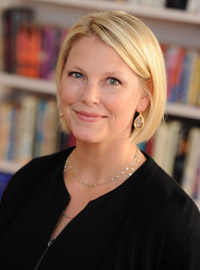 Elizabeth started at Curtis Brown Ltd. almost 20 years ago as an assistant to the legendary Marilyn E. Marlow. Elizabeth’s list includes New York Times bestsellers, Newbery, National Book Award, Printz, and Coretta Scott King honor and award winners. She’s a graduate of the University of Michigan (there’s a 93% chance that she’ll use the phrase “Go Blue!” on any given day—it’s true!), a devoted and lifelong fan of her hometown Cleveland teams (she’ll be celebrating all week the Browns’ first win since the Stone Age), and lives in Manhattan with her husband and four sons.
Elizabeth started at Curtis Brown Ltd. almost 20 years ago as an assistant to the legendary Marilyn E. Marlow. Elizabeth’s list includes New York Times bestsellers, Newbery, National Book Award, Printz, and Coretta Scott King honor and award winners. She’s a graduate of the University of Michigan (there’s a 93% chance that she’ll use the phrase “Go Blue!” on any given day—it’s true!), a devoted and lifelong fan of her hometown Cleveland teams (she’ll be celebrating all week the Browns’ first win since the Stone Age), and lives in Manhattan with her husband and four sons.
Agency Website: https://www.curtisbrown.com/agents/elizabeth-harding-vice-president/
LinkedIn: https://www.linkedin.com/in/elizabeth-harding-03a2335
Twitter: https://twitter.com/ehardingnyc
RVC: Thanks for agreeing to let OPB readers in on this interview, which is primarily about you and I getting to know each other as we embark on a literary partnership together. So let’s just jump right in.
A common lament at writing conferences is that it seems harder to get a kidlit literary agent than it is snare a publishing contract. What do you think? Is there any truth to that?
EH: I’m not sure I can answer that, to be honest. There are so many more agents now who specialize in children’s literature compared to when I first started, so there seems to be a broad pool of kidlit agents.
On the other hand, the quality of queries and manuscripts which I receive these days is on average much greater than when I first started, as is the sheer volume. I think social media has given new writers invaluable connections and accessible tools to better their craft. And writers these days are so savvy. So I would guess that I am not alone in saying that I receive many, many submissions that are good, but I wait for the one that is amazing.
RVC: How many queries do you get a month and what’s the ratio of No to Yes?
EH: I receive anywhere between 30–50 queries per week, which include full picture book manuscripts and sample pages for middle-grade and YA. I confess that my Query Inbox usually eats me alive, but I do take on perhaps 1–3 new writers/illustrators per year. I also pass along queries to my colleagues if I think it might be of interest to them.
RVC: What’s the most common reason(s) for passing on a query?
EH: The feeling of sameness. Or just feeling overwhelmed with my current workload.
RVC: You’ve been in the kidlit agenting business for some time now, so you’ve been able to witness how the industry changes, adapts, and transforms. What are you noticing now that’s significantly different than, say, five or ten years ago?
EH: Authors have to shoulder so much more publicity/marketing responsibility than ten years ago. At the same time, authors have so many more opportunities via social media to make their own direct connections with readers, bloggers (also new in the last decade) and teachers and librarians. The author-as-a-brand mindset is much more common today. When I started, I think that type of name-branding was reserved for the biggest of authors while now every author can create and build their own platform, brand, etc.
RVC: If you could wave your magic wand and change one thing about the publishing industry, what would it be?
EH: That time secretly would stop each day for an extra two hours – but just for everyone in publishing so we could all catch up.
RVC: Describe your ideal client.
EH: Everyone on my list!
RVC: Describe the writer from hell.
EH: An Ohio State fan.
RVC: You’re blessed to be able to work with such an amazing group of talented writers. Jane Yolen, in particular, is one of my favs. She even did an interview with OPB not that long ago! What’s the best thing about working with her?
EH: Aside from Jane’s versatile and astounding talent, she is beyond generous with her time and knowledge. I still learn from her.
RVC: What’s Jane’s most underappreciated but still yowzers-great book?
EH: Personally, I love Jane’s Commander Toad series illustrated by Bruce Degen. All of my boys–regardless of which school they attended at the time–brought home old, tattered paperback copies of Commander Toad straight from their classroom book bins.
RVC: Lightning round! Favorite place to get a top-notch cupcake in NYC?
EH: Two Little Red Hens.
RVC: Star Wars or Star Trek?
EH: Star Wars.
RVC: Would you rather do battle with 1 horse-sized duck or 100 duck-sized horses?
EH: Definitely 1 horse-sized duck. Once I win the battle and tame it, I can fly around like Mother Goose 2.0–I’ll be Mother Duck but perhaps with a better hat.
RVC: Greatest Cleveland sports hero other than LeBron?
EH: I grew up watching Bernie Kosar, so I’ll choose him. If I had to choose a current Cleveland sports hero, I’d chose the entire Cleveland Indians team.
RVC: Craziest thing an author wanted to have included in their contract?
EH: Mum’s the word!
RVC: Single most important thing working with Marilyn taught you?
EH: Be persistent. And never do business at a party.
RVC: Three words that describe a great literary agent/client relationship?
EH: Teamwork, respect, fun.
RVC: You’re the best, Elizabeth. Thanks so much!


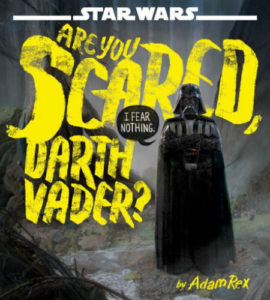
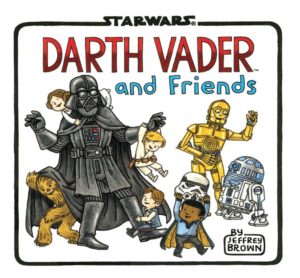
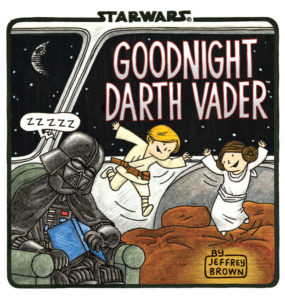
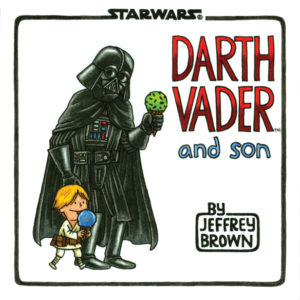
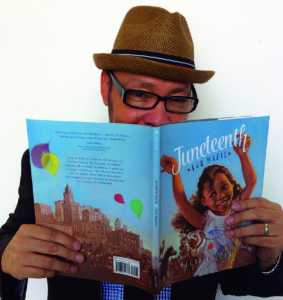 retta Scott King award-winning illustrator of more than 90 books for children. Floyd started his career in illustration at Hallmark. After a successful career in the industrial side of art, he made the leap into picture books with Eloise Greenfield’s
retta Scott King award-winning illustrator of more than 90 books for children. Floyd started his career in illustration at Hallmark. After a successful career in the industrial side of art, he made the leap into picture books with Eloise Greenfield’s 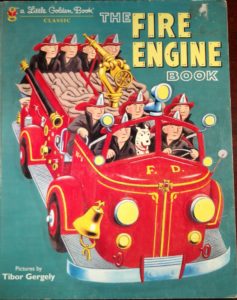
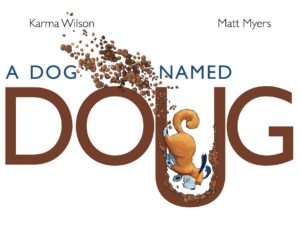
 David C. Gardner is an award-winning illustrator and visual development artist. A former artist for Walt Disney Animation Studios, he has illustrated numerous picture books, including his latest from Sleeping Bear Press, Write On, Irving Berlin! by Leslie Kimmelman (
David C. Gardner is an award-winning illustrator and visual development artist. A former artist for Walt Disney Animation Studios, he has illustrated numerous picture books, including his latest from Sleeping Bear Press, Write On, Irving Berlin! by Leslie Kimmelman (